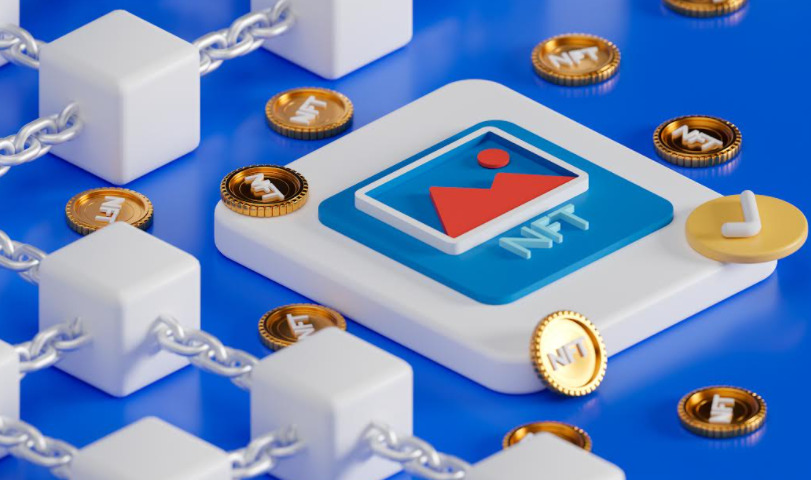If you’ve spent much time in the previous few years on social media or reading the news, you’re likely already aware of the idea of non-fungible tokens (NFTs). Whether you think NFTs are a passing fad or a fantastic opportunity for artists and investors, they are frequently reported on and have been sold for millions of dollars.
One non-fungible token (NFT) that is similar to bitcoin is the screenshot of Jack Dorsey’s first tweet, which fetched him $2.9 million. Many manufacturers even offer dedicated hotlines for technical assistance, the same way service providers have things like the Spectrum 1800 Number. But they are still not 100% safe to fly.
Because NFTs are still so novel, there is much debate and misunderstanding around their nature, efficacy, and attainability. This comprehensive book will teach you all you need to know about NFTs, including how they work, the technology they depend on, and the best practices for safely storing them.
What Is an NFT?
Non-fungible tokens, in contrast to cryptocurrencies, cannot be exchanged for a token of the same kind. If you exchanged one Bitcoin for another, you’d get the same amount of Bitcoin in return. Each NFT, however, is non-fungible since it cannot be traded for another NFT of equal value.
NFTs have value in the same way that authentic artwork or collectibles do, and they may be made from any digital material that can be copied, including photographs, films, songs, and books. Collectors pay for the file and evidence of ownership rather than the actual object.
You may access your NFT on the blockchain network using a key issued to you at purchase and recorded in a digital ledger. Multiple secure storage options are available for the key, proving ownership of the first printed copy of the NFT.
How to Acquire NFTs?
Depending on your needs, you may purchase your own NFTs from various platforms, whether you’re interested in adding them to your collection or investing in the market. There are some platforms where you can learn how to make an NFT and sell it.
To buy NFTs, you’ll need to link your storage wallet to a credit card or cryptocurrency wallet on the site you’re using to buy them. You can’t just purchase NFTs on the Ethereum (ETH) network and keep them in any old wallet; you need a cryptocurrency wallet compatible with the ETH network, like Coinbase.
Note that because of the excellent demand for NFTs, new ones tend to be issued in “drops” rather than continuously. Similar to the release of concert tickets or limited-edition sneakers, a drop occurs when large quantities of a product become accessible for a limited time. When the price drops, many purchasers will hurry to get their hands on the NFT during this brief window of opportunity.
Seek a professional if you wish to make or sell your own NFTs. Invest in skilled NFT artists’ services on the popular freelance platform Fiverr.
How to Maintain the Safety of Your NFT?
It is essential to follow basic best practices to ensure the security of your digital assets regardless of the wallet or system you use to maintain them.
Follow these guidelines to ensure the security of your NFTs:
- Make your credentials challenging to guess by combining uppercase and lowercase letters, numbers, and symbols.
- Even though it may seem like a no-brainer, you should never provide your login information by text message or email.
- When utilizing a software wallet, your NFTs are only as secure as your 12- to 24-word seed phrase; therefore, keep it secret at all costs.
- It’s crucial to stay away from sketchy websites that might contain malware. Additionally, it is recommended that you check your computer for malware regularly.
- Keep all your passwords and other identification information in a physical location if you absolutely must. By putting your NFTs in a safe, off-the-grid location, you may reduce the likelihood that a hacker can get access to them.
- If you aren’t hurrying to buy or sell, store your NFTs offline in a cold storage hardware wallet.
- How to Protect Your Non-Fundamental Change Investments
Bottom Line
No matter which NFT service you choose to make your digital asset purchases, you will still need a wallet to access your holdings inside the blockchain infrastructure. A cold storage hardware wallet provides the highest level of security for storing assets offline, away from the reach of hackers and other potential security breaches.

